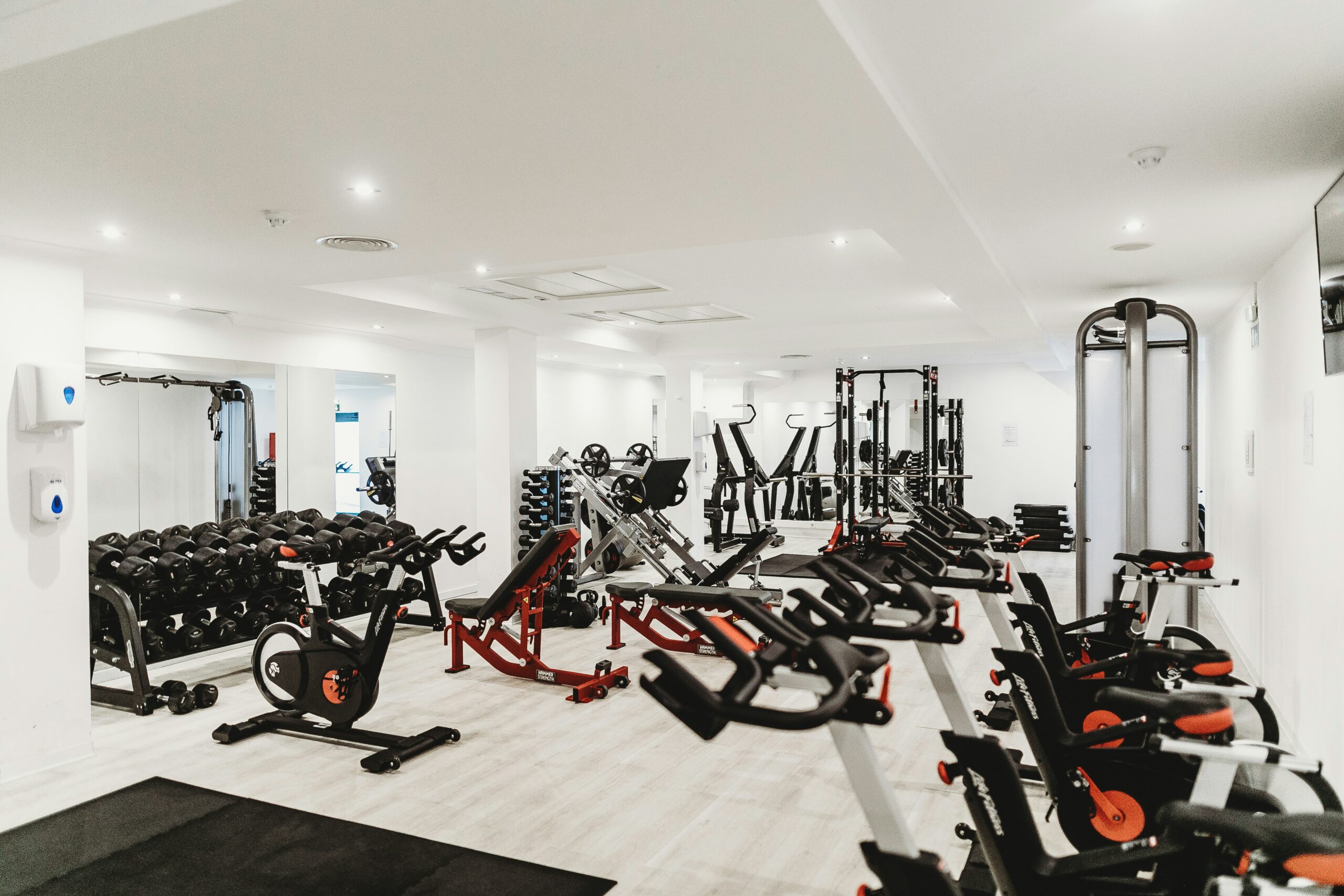
Multiple sclerosis (MS) is a chronic, often debilitating disease that affects the central nervous system, potentially leading to severe physical disabilities over time. As MS progresses, patients can experience varying degrees of muscle weakness, lack of coordination, balance problems, and fatigue. These symptoms significantly impact the quality of life as mobility and physical activity become increasingly challenging. However, recent innovations in fitness equipment, particularly the development of specialized hip sleds, are offering new hope and empowerment to those affected by MS. This article explores how these advancements in hip sled technology are revolutionizing fitness routines for MS patients, enhancing their mobility and overall well-being.
The Evolution of Hip Sleds in Therapeutic Fitness
Traditionally, hip sleds have been used in gyms to strengthen the lower body. The standard equipment allows users to sit back in a slightly inclined position and push a weighted sled upwards with their feet. This exercise primarily targets the quadriceps, hamstrings, glutes, and calves, providing a robust workout with minimal strain on the back and joints.
For MS patients, exercise is crucial but challenging. The symptoms of MS can make traditional exercises not only difficult but also risky. Recognizing this gap, fitness innovators have begun to modify hip sleds to meet the unique needs of individuals with mobility challenges. These modifications include adjustable resistance levels tailored to the user’s strength and stamina on any given day, accommodating the fluctuating nature of MS symptoms. Additionally, enhanced safety features ensure stability and support, minimizing the risk of injury during use.
Design Innovations Enhancing Accessibility
One of the most significant advancements in hip sled design for MS patients is the integration of customizable seating arrangements. These allow for seat depth and angle adjustments, ensuring comfort and proper posture throughout the exercise. Ergonomic handles and non-slip surfaces also contribute to a safer environment, empowering users to perform exercises confidently.
Moreover, some hip sled models now feature wheelchair accessibility, a crucial development considering that many MS patients may rely on wheelchairs for mobility. These models enable users to transfer from their wheelchair directly onto the sled with minimal assistance, promoting independence and regular physical activity.
The Impact on Mobility and Daily Life
The benefits of using a hip sled for MS patients extend beyond improving muscle strength. Regularly using this equipment can lead to enhanced joint stability, improved flexibility, and increased endurance. These physical improvements can profoundly impact daily life, making it easier for patients to perform everyday tasks that require mobility and balance.
Physical activity, such as exercising with a hip sled, contributes to better overall health outcomes. It can help manage weight, reduce the risk of cardiovascular disease, and increase bone density, which is particularly important for MS patients who may be prone to osteoporosis.
Psychological and Emotional Benefits
Regular physical exercise with a hip sled also offers psychological and emotional benefits. Exercise releases endorphins, chemicals in the brain that act as natural painkillers and mood elevators. For MS patients, the psychological boost from regular exercise can be as important as the physical benefits. It provides a sense of accomplishment, enhances mood, and helps combat the depression and anxiety that often accompany chronic illnesses.
Furthermore, the ability to exercise independently with adaptive equipment can restore a sense of control and normalcy in the lives of MS patients. This empowerment can improve self-esteem and a more optimistic outlook, contributing to better mental health.
Community and Support
Specializing hip sleds has also fostered a sense of community among MS patients. Many rehabilitation centers and gyms now offer classes and sessions designed for individuals with mobility issues. These group settings provide a platform for sharing experiences, challenges, and successes, offering both social and emotional support.
Additionally, therapists and trainers specializing in MS can offer personalized guidance and encouragement, helping patients to safely and effectively use the hip sled. This professional support ensures that each individual’s unique health needs and fitness goals are addressed, maximizing the benefits of their exercise regimen.
Looking Forward: The Future of Fitness for MS Patients
As technology advances, the potential for further innovations in fitness equipment for MS patients is vast. Future developments may include more personalized equipment adjustments, integrated virtual reality for an immersive exercise experience, and real-time health monitoring during workouts.
The impact of these innovations on MS patients’ lives cannot be overstated. By providing tools that enhance physical activity, the latest developments in hip sled technology are improving mobility and transforming how MS patients manage their condition. This empowerment through exercise marks a significant step forward in the ongoing battle against the limitations imposed by multiple sclerosis, offering a pathway to a more active, fulfilling life despite the challenges of the disease.